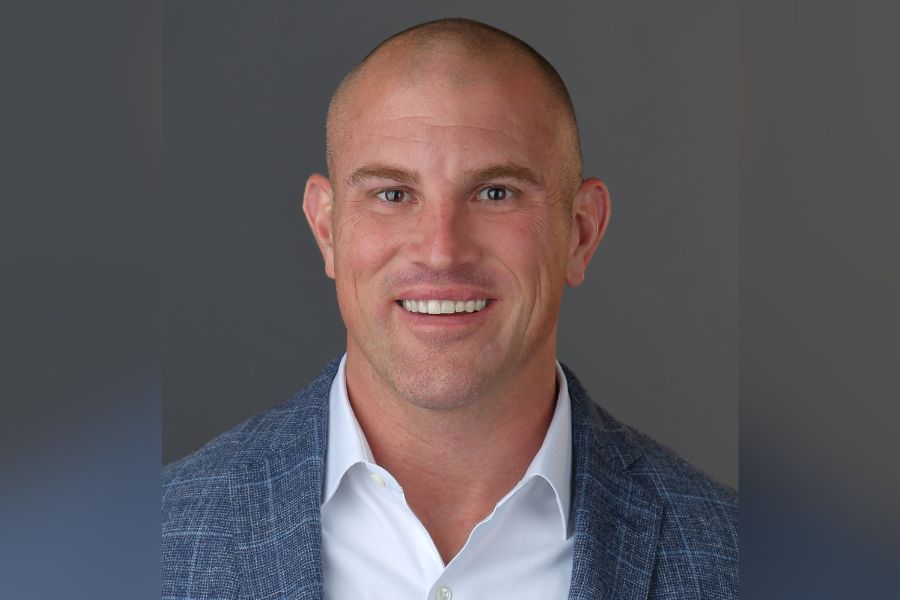The 401(k) ‘stretch’ match may work in reverse

Vanguard found that a strategy used to increase employee retirement savings actually resulted in reduced participation and savings rates.
Employers and their retirement plan advisers frequently employ a particular 401(k) feature called a “stretch” match to get their employees to save more money.
There’s only one problem: New research shows that the technique could actually have the opposite effect.
According to the research, published by Vanguard Group, savings and plan participation rates among low- and middle-income employees declined — sometimes substantially — when employers use a stretch match as opposed to the more traditional 100% match.
“It is counterintuitive,” said Jean Young, senior research analyst at Vanguard, which is among the largest 401(k) plan administrators. “Beware of unintended consequences.”
Many advisers consider the stretch match to be a best practice in 401(k) plans that use voluntary rather than automatic enrollment. It’s a behavioral trick to get participants to save more money while not increasing the employer’s overall expense.
For example, rather than match 100% of an employee’s 401(k) contributions for up to 3% of their total income, an employer would match up to 6% at a 50% rate. It costs the employer the same amount of money, but to get the entire match, employees have to double their savings.
However, that’s not what’s happening, at least for non-highly-compensated employees (those making less than $120,000 a year), according to Vanguard.
Plans with a 100% match had participation rates from 20% to more than two times higher than plans stretching an identical match value to a higher threshold, according to Vanguard’s research, which uses data from 2016 for voluntary-enrollment 401(k) plans.
Further, the research found that overall contribution rates — employee plus employer contributions — declined by 25% to 50%.
Stretch matching, which began appearing broadly about a decade ago, doesn’t appear to have an adverse effect on the savings behavior of highly compensated employees, said Ms. Young.
“It works for some people, but when you look at middle and lower income populations, you actually end up degrading savings,” she said.
The study doesn’t suggest a reason for these outcomes, but does imply that 100% matching formulas are the best option in voluntary-enrollment plans. However, automatic enrollment “trumps anything else,” said Ms. Young.
More than half of 401(k) plans, about 52%, use a stretch match (the most common being 50 cents on the dollar) today, though the number has fallen over the past decade; in 2007, roughly two-thirds used a stretch, according to the Plan Sponsor Council of America.
Meanwhile, automatic enrollment is on the rise. More than 60% of 401(k) plans automatically enroll participants, up from 40% a decade ago, according to the PSCA.
Chad Larsen, president and CEO of advisory firm MRP, hasn’t witnessed a deterioration in savings behavior as a result of stretch matching among his clients. He guesses that any adverse behavior is primarily a function of poor communication to employees, rather than a shortcoming with the strategy itself.
Some participants, he said, may mistake a stretch match for an overall reduction of an employer’s contribution — that the employer will only contribute half what it had previously, for example. Therefore, employees may not see a monetary incentive to maintain their savings rate, Mr. Larsen explained.
“I can see people misunderstanding, misinterpreting and making poor decisions,” he said.
Learn more about reprints and licensing for this article.








